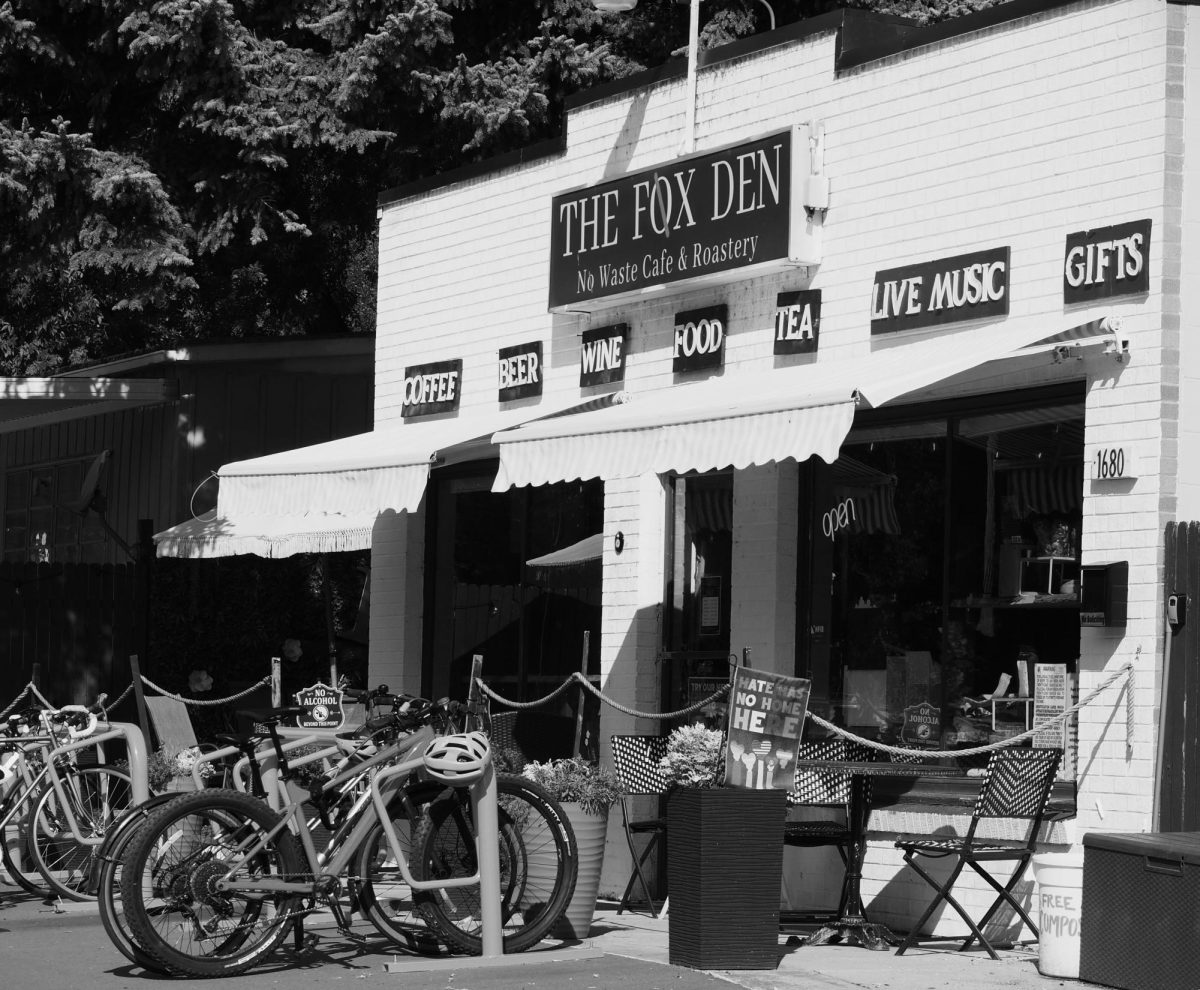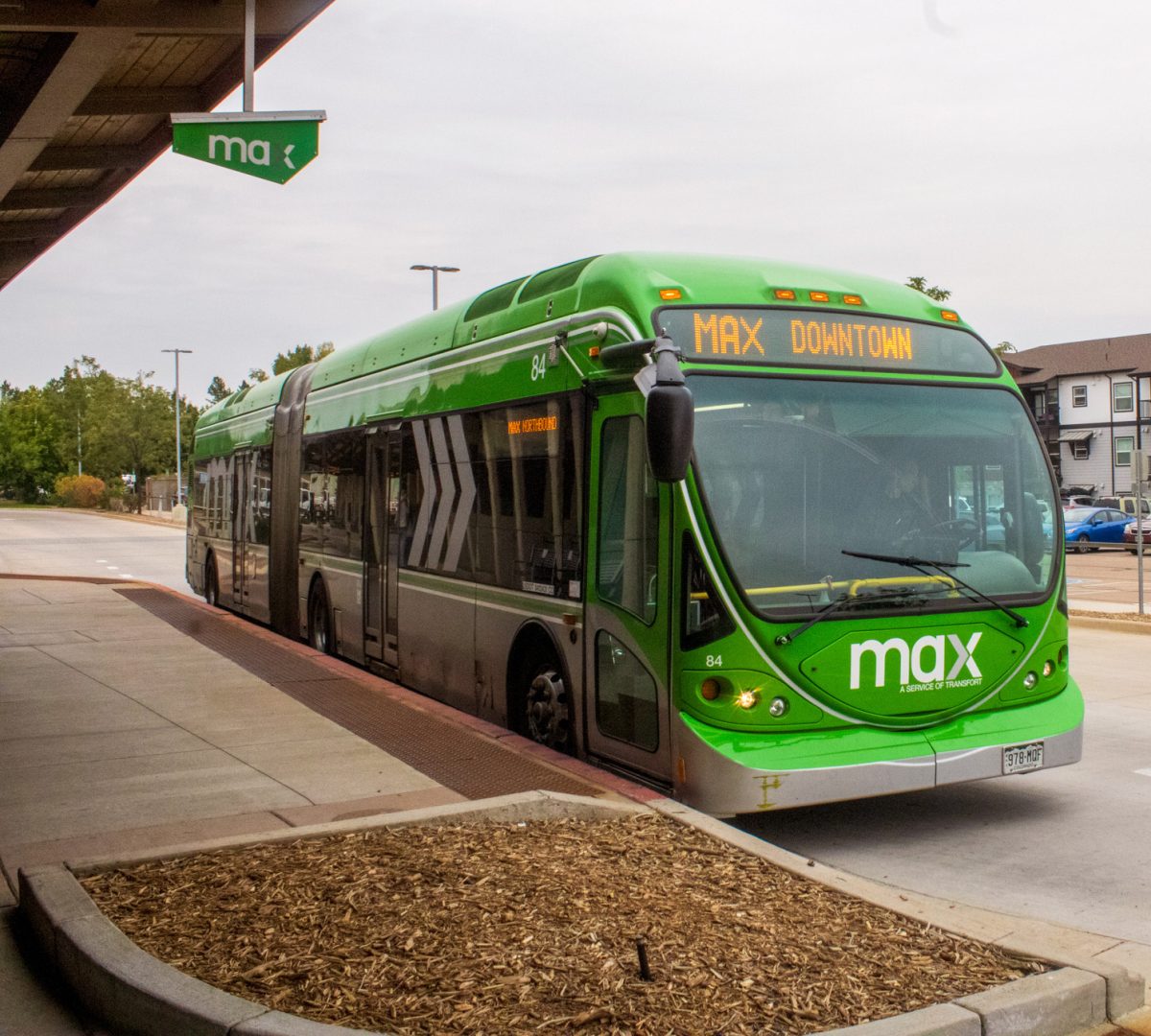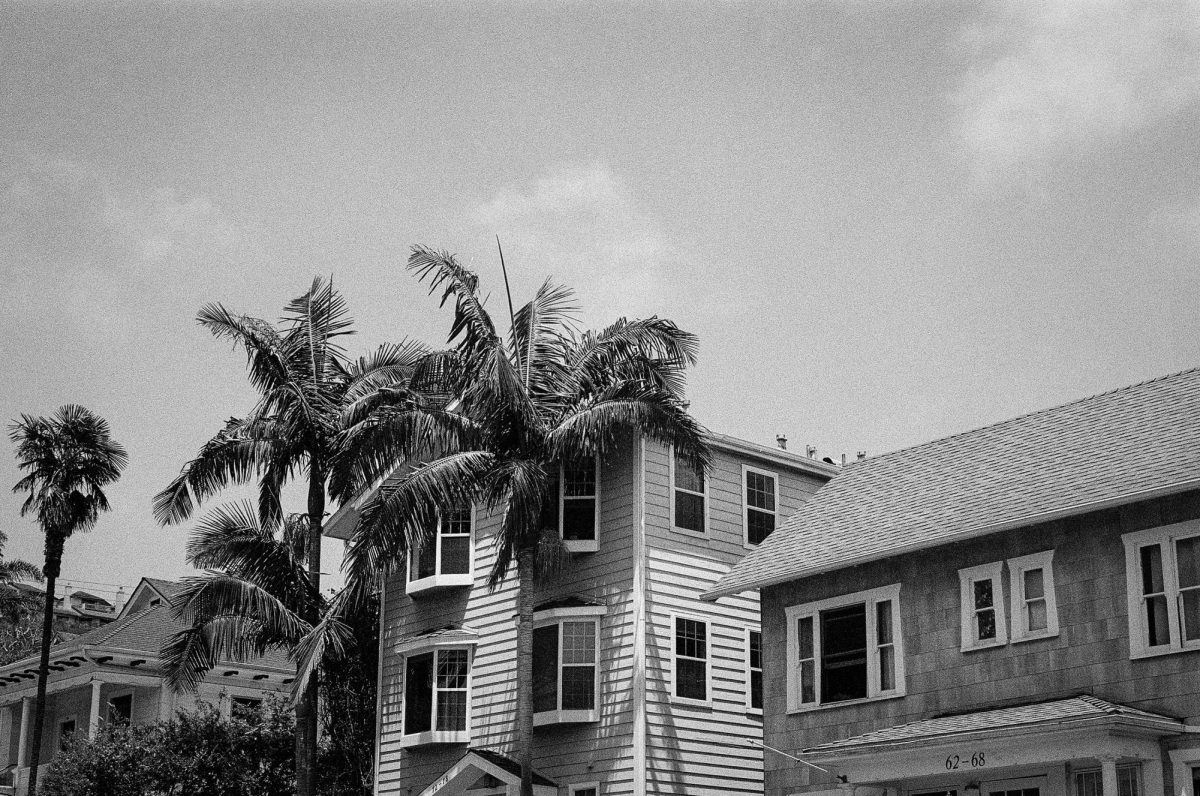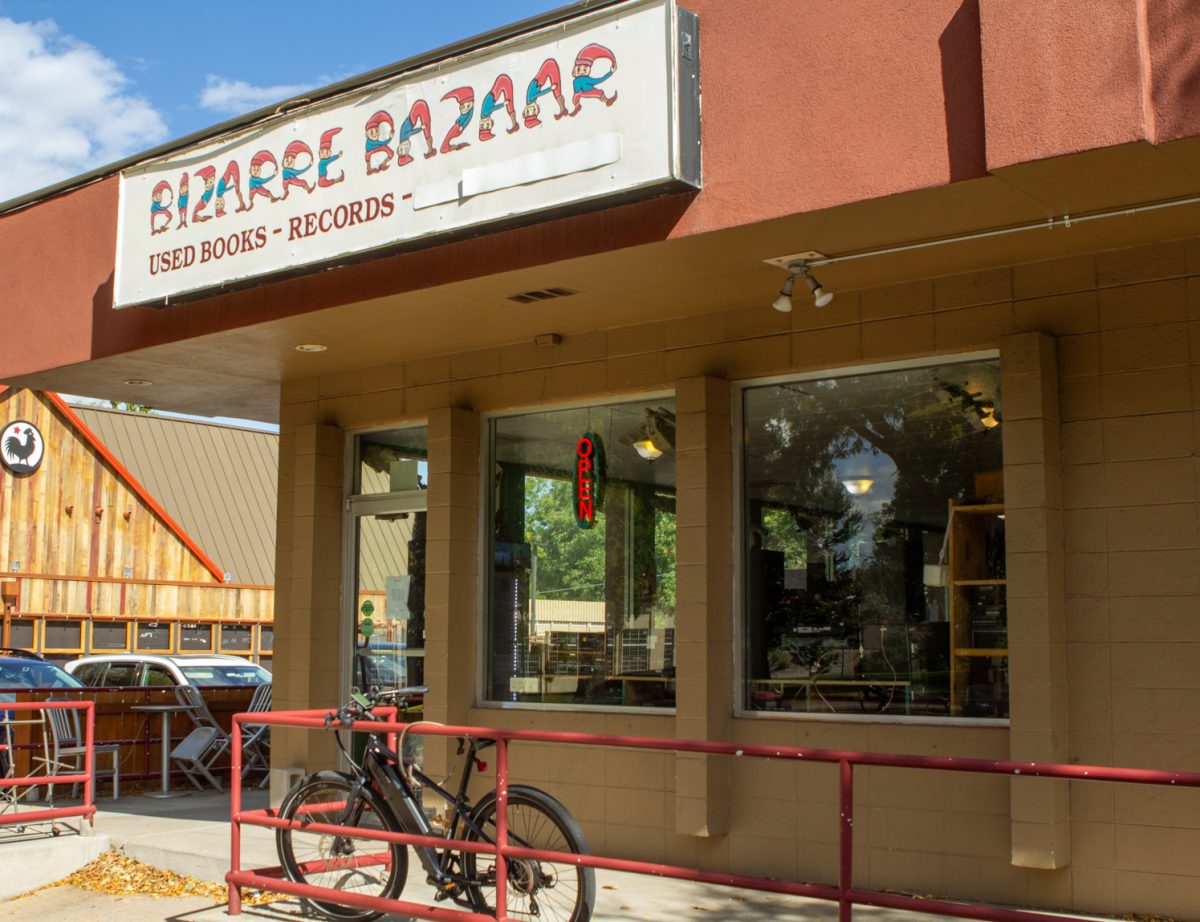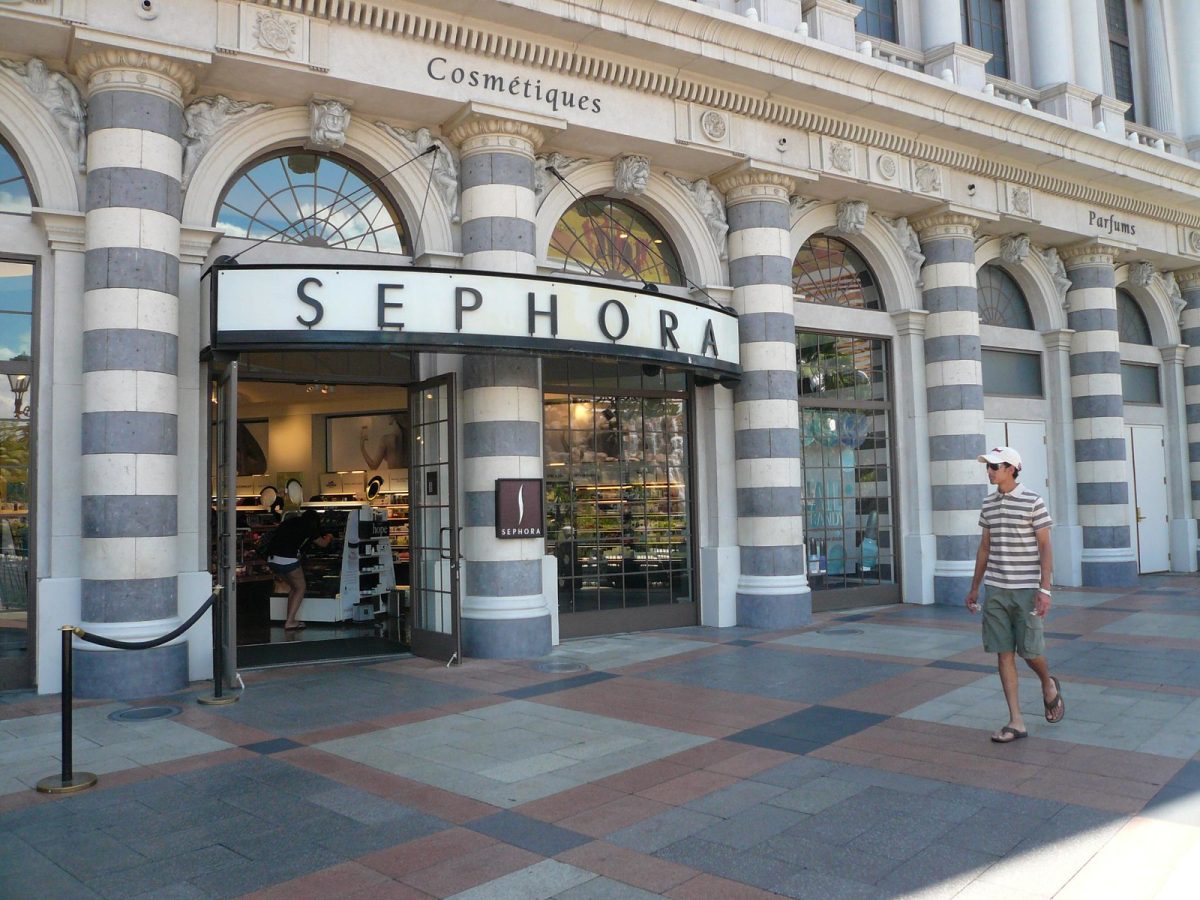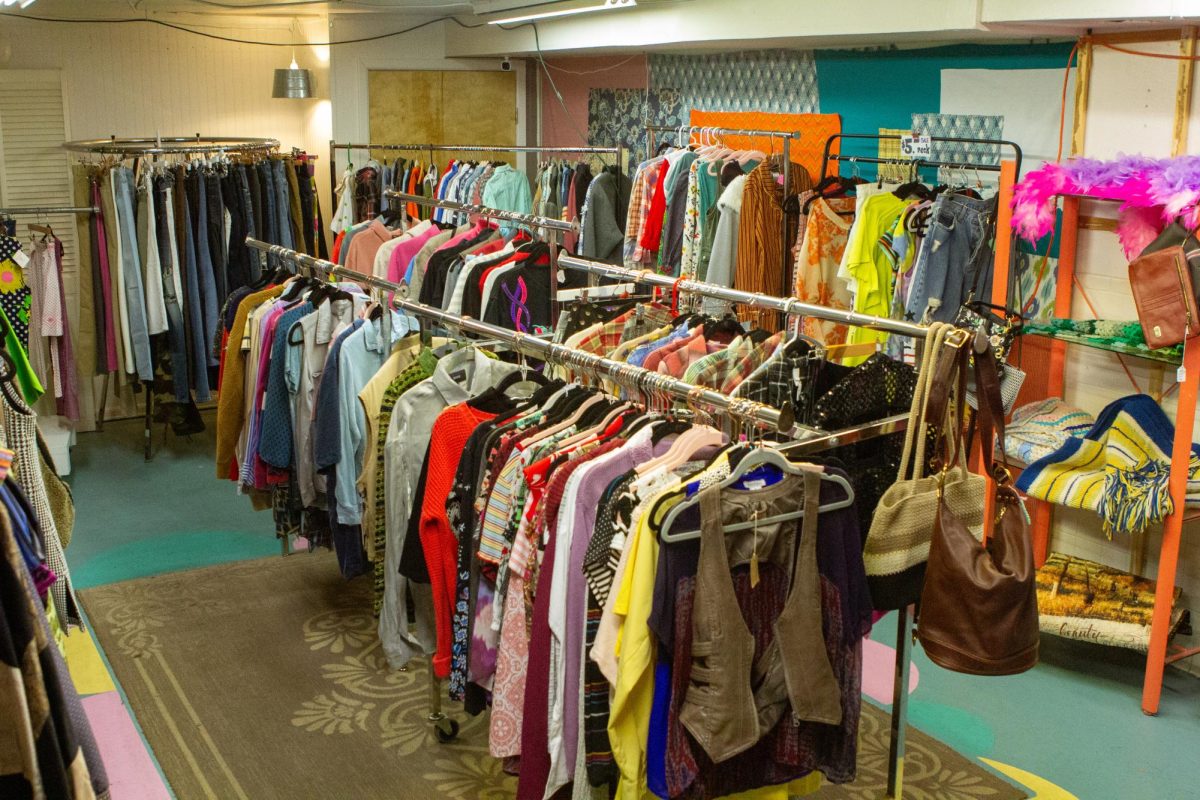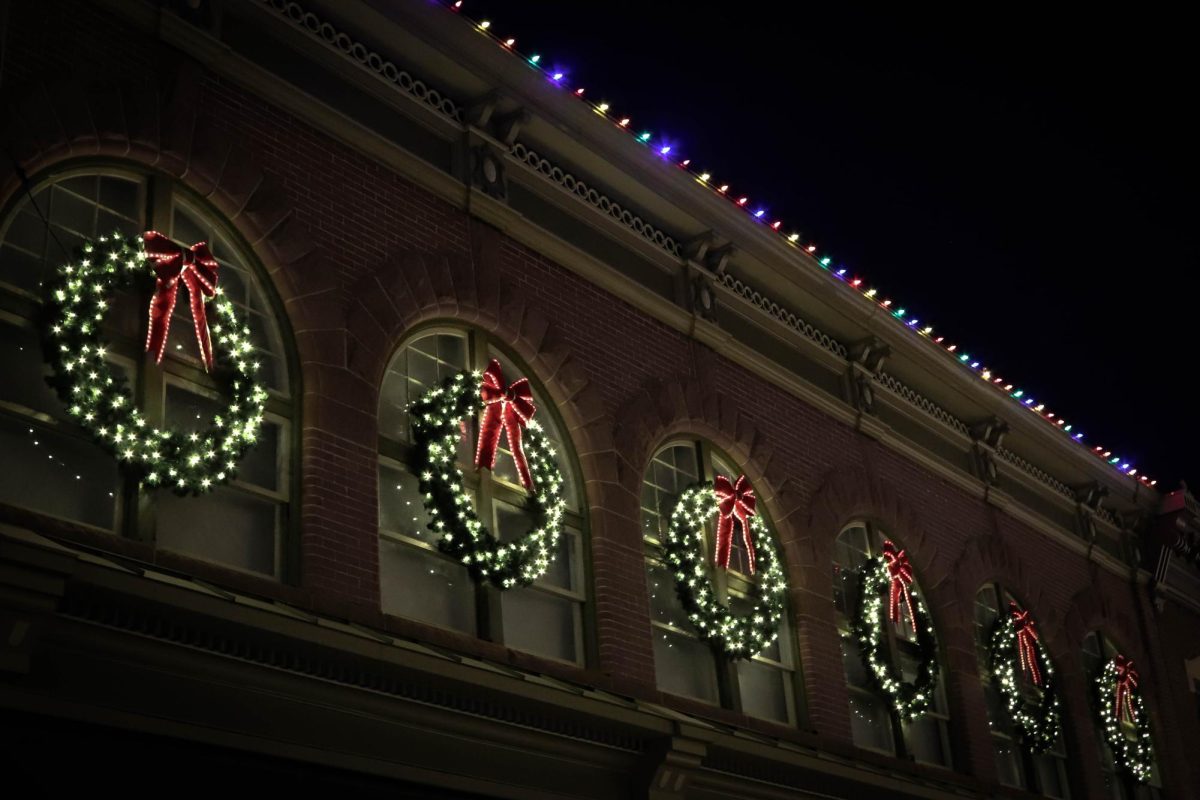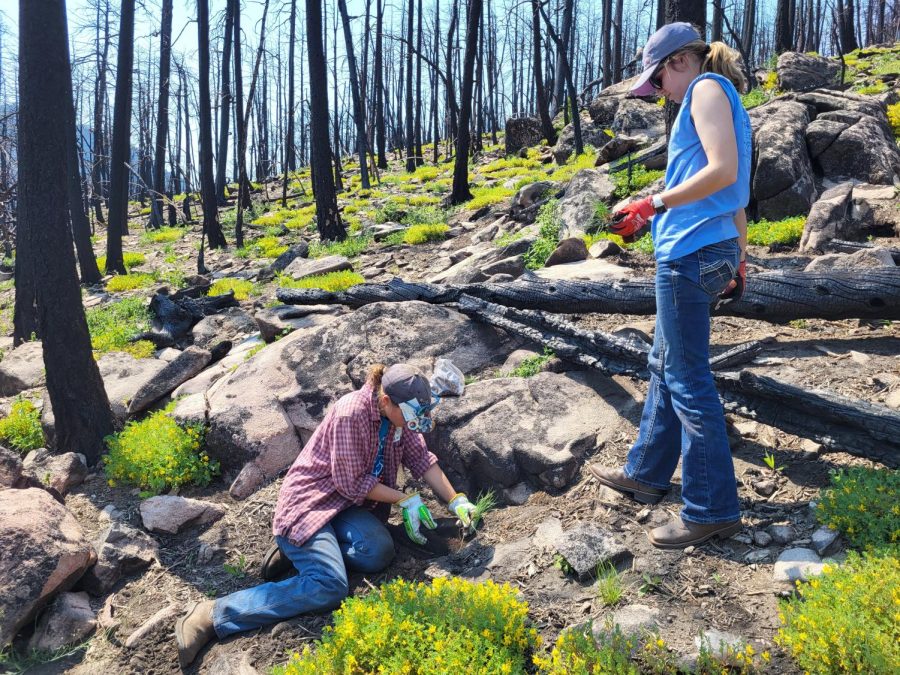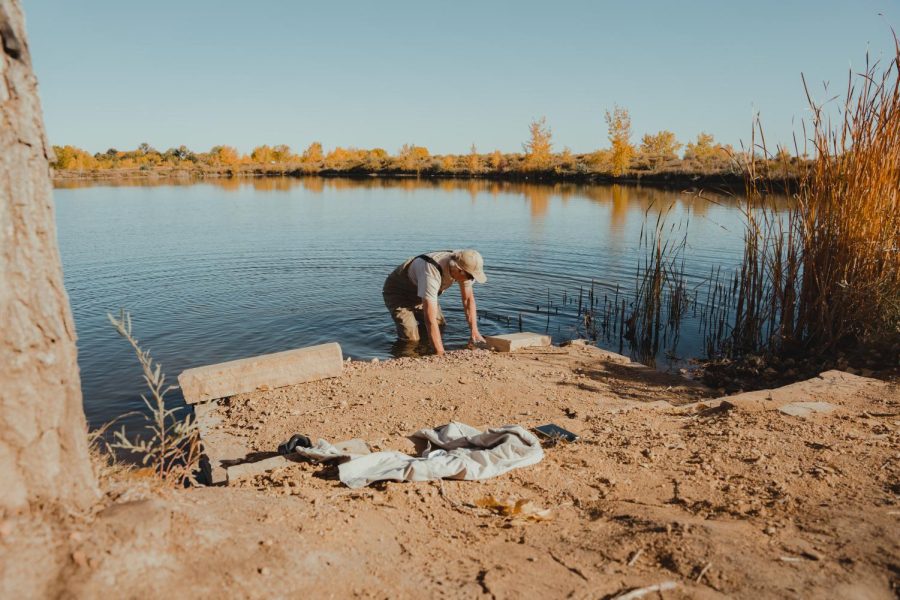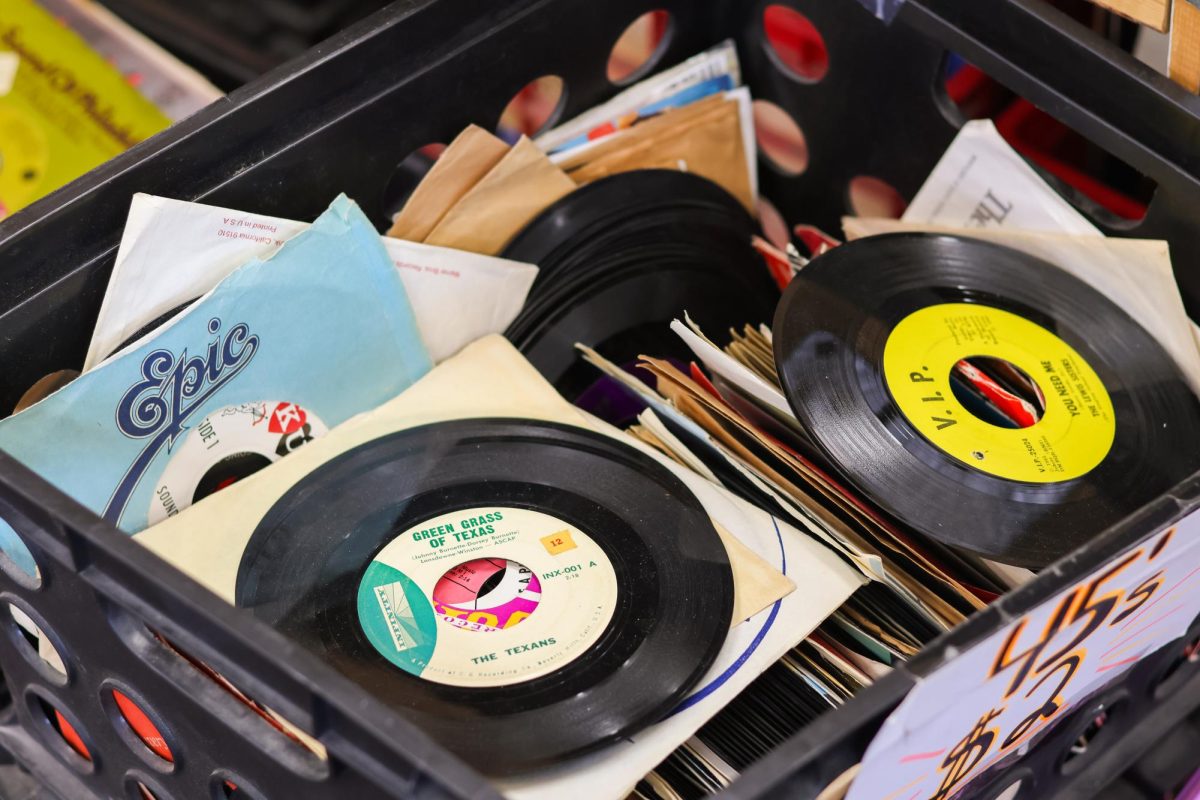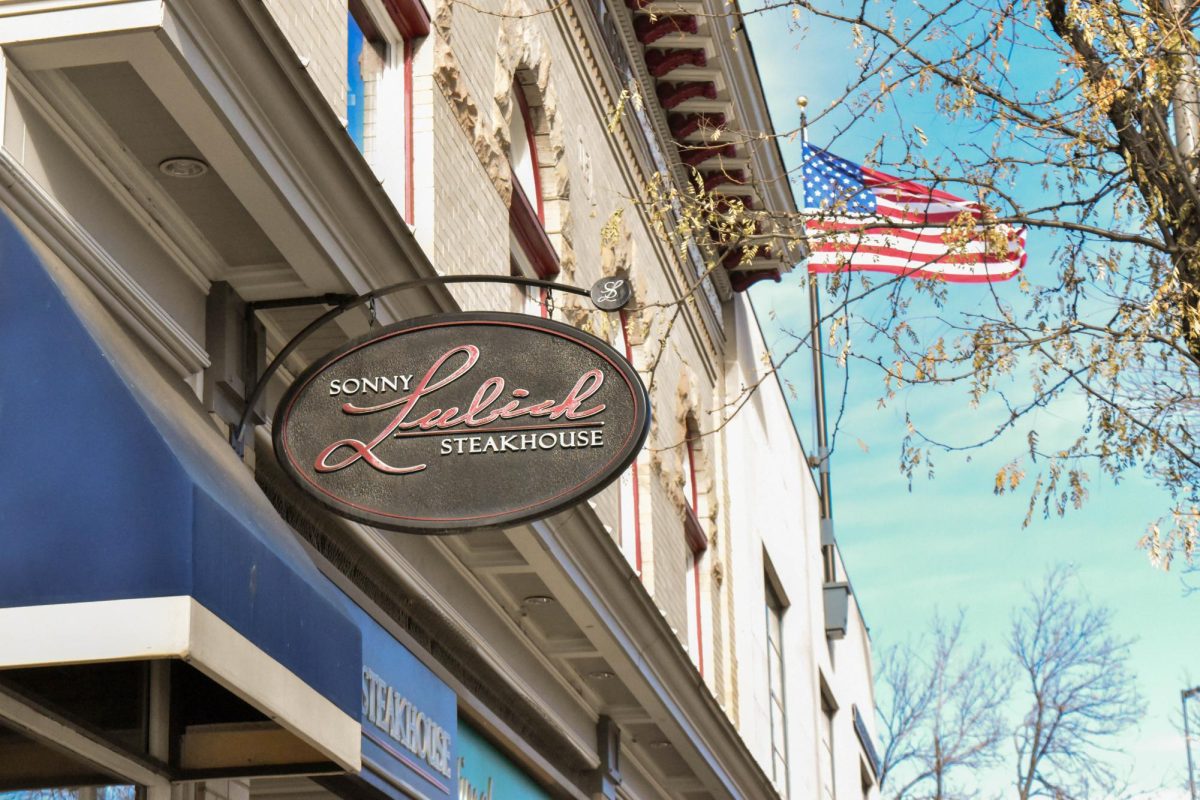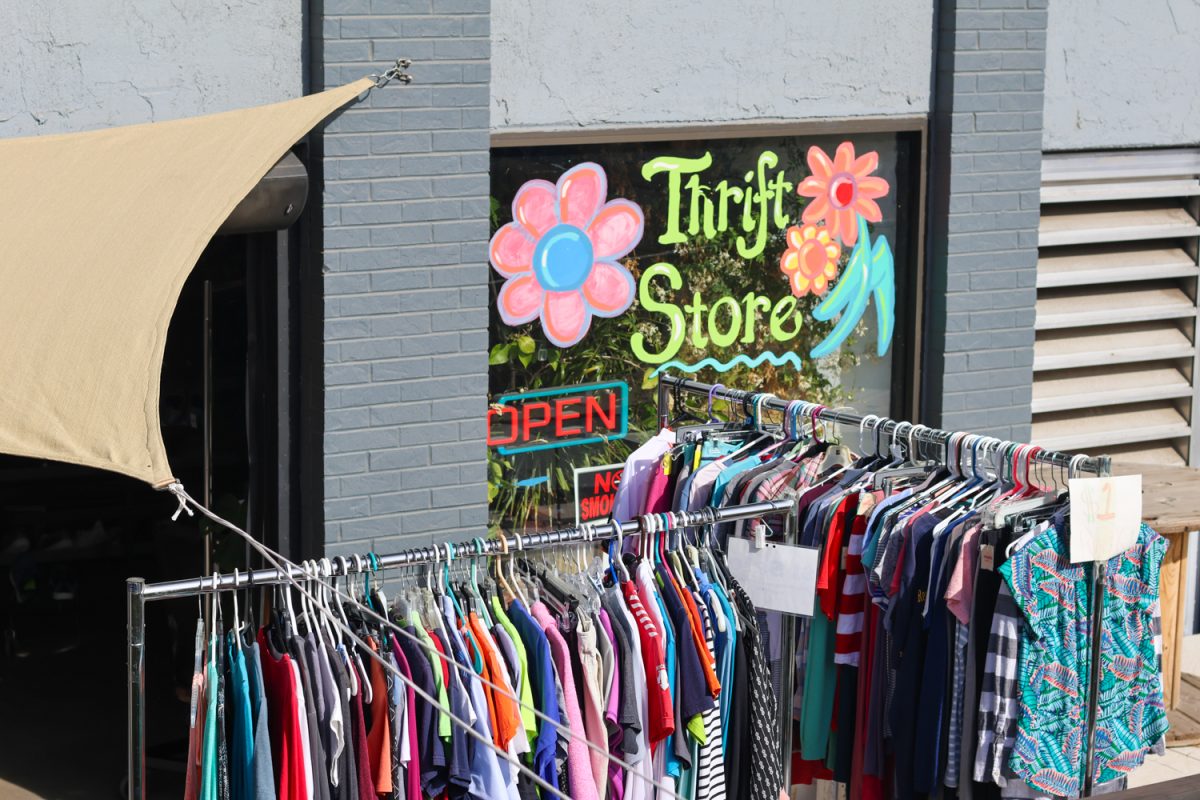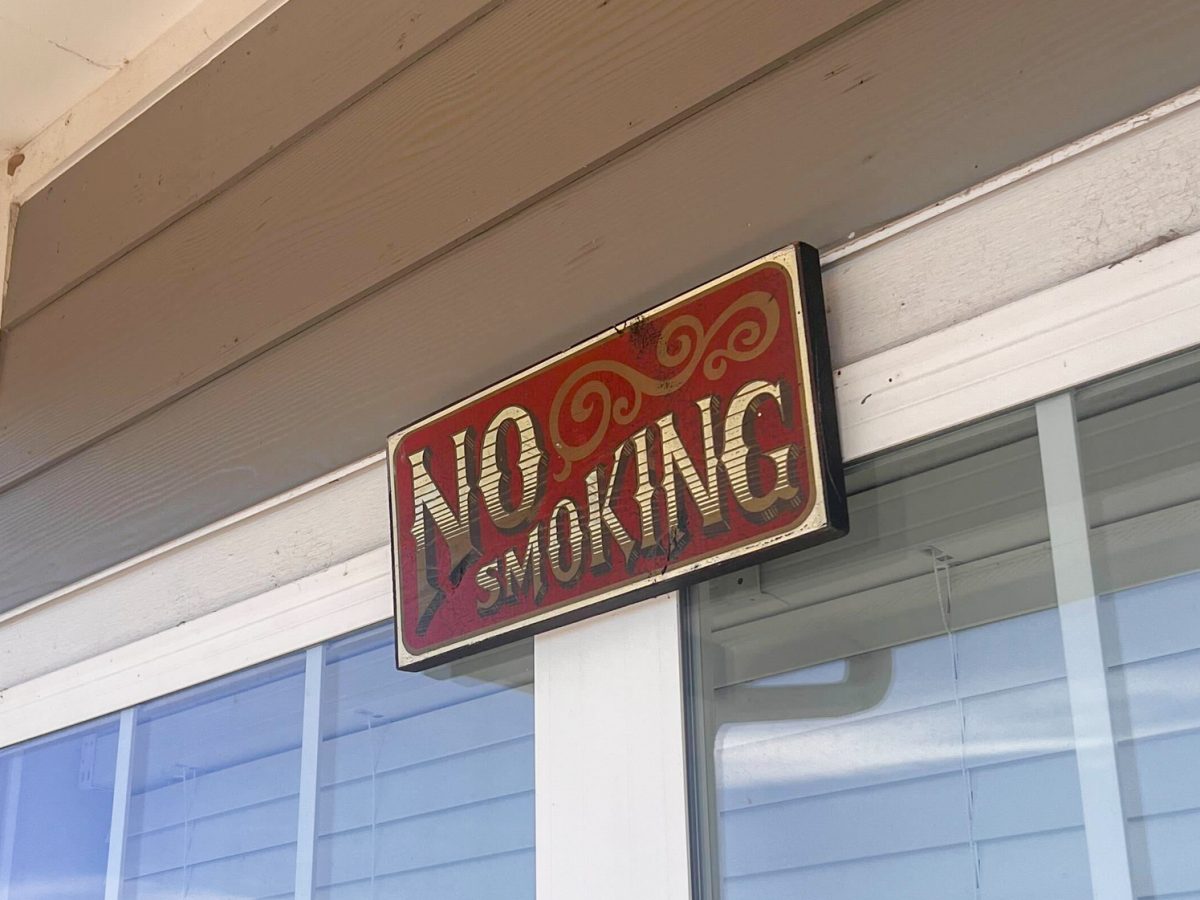Sustainable Transportation in Fort Collins
The crisp fall air begins to settle in, brushing through the trees and gently coating Fort Collins’ winding paths and local roads with crisp, fallen leaves. As the seasons shift, one thing remains constant: this city’s commitment to making space for people to move in ways that are efficient, eco-friendly, and healthy. With over 200 miles of bike lanes and a fare-free bus service that runs six days a week, Fort Collins offers a blueprint for how sustainable mobility can connect cities by weaving together a more connected community.
Transfort
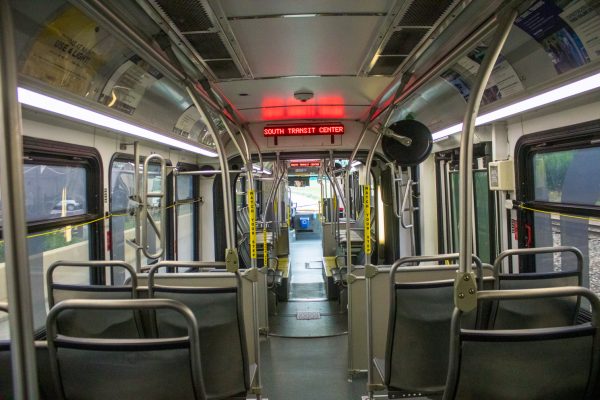
Fort Collins’ fare-free bus system, Transfort, has played a role in local commuting since July 1, 1974. What began with just three diesel-powered buses has grown into 22 regular routes, five of which are powered electrically, with zero tailpipe emissions. According to data collected by Transfort’s analysts, the battery electric buses traveled 17,000 miles this August, the most recorded in a single month. As part of their Climate Action Plan, the city has its sights set on a completely electric fleet by 2040, pushing public transportation even further into the scope of sustainability.
Beyond the numbers, Transfort has reshaped what it looks like to get to school, work, and even just around town. Buses create affordable, dependable, and low-emission ways to travel both locally and between major cities. For those who are new to taking the bus, the MAX bus along Mason Street is a great introduction. With frequent stops between Old Town and the South Transit Center, the MAX offers a glimpse into the world of free, easy, reliable transportation.
Speaking of integration, every Transfort bus comes with bike racks, making it easy for riders to combine cycling with bus commuting. Anna Russo, the public engagement specialist with Transfort, said, “We hold bike and ride workshops, where people can learn how to combine riding their bike with riding Transfort. We do a lot of collaborations with the Fort Collins Moves department.” This intentional combination of infrastructure opens access to parts of the city that might otherwise feel disconnected, reinforcing the idea that sustainable transit is not just about getting from point A to point B.
Bike Culture
In 2021, the League of American Bicyclists awarded Fort Collins Platinum status, the highest recognition possible for a bicycle-friendly community. The city earned strong marks for its active bicycle advisory committee, progressive bike education programs in schools, and efforts to improve motorist awareness and bicycling skills. While there’s still work to be done, like increasing the ratio of bike paths to roads and reducing cyclist crashes, the recognition highlights how seriously Fort Collins views cycling as a way to improve the city.
Topher Rivera, a member of the CSU cycling team and employee at the Spoke (a bike shop on campus), spoke about his experience with biking as a main mode of transportation in Fort Collins. “Drivers are a lot more cognizant about cyclists, and in terms of infrastructure, it has a lot more small connector paths around town. It’s especially easy to stay off the roads and on the bike paths.” Rivera said. However, he also mentioned that “especially in the winter, when road conditions aren’t great, it would be nice to have infrastructure that physically separates the cyclists from cars.”
The city’s bike culture also thrives through its community events. Take, for example, Bike to Work Day, where local shops set up stands with free coffee, breakfast, and giveaways for commuters who pedal to work. These traditions turn an ordinary commute into a shared experience, strengthening bonds between residents while encouraging healthier, greener habits.
Commuting Together
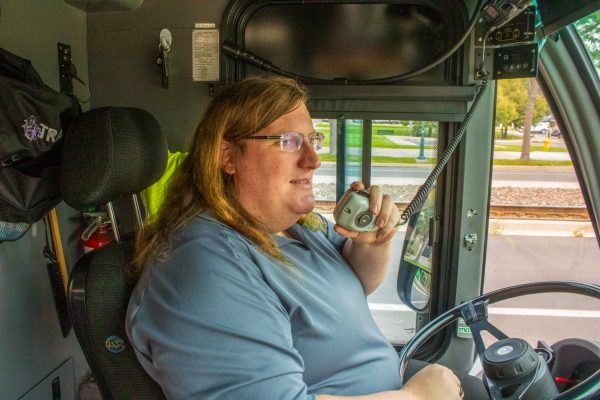
Bikes and buses connect neighborhoods, fund community events, and keep communities interconnected and green. Fort Collins illustrates how investing in eco-friendly transit isn’t only about reducing the carbon footprint, but also about building a city where mobility facilitates connection. As Fort Collins continues to expand its electric bus fleet, improve its cycling infrastructure, and celebrate pedal-powered community events, it sets an example for what a future of sustainable transportation can look like.

